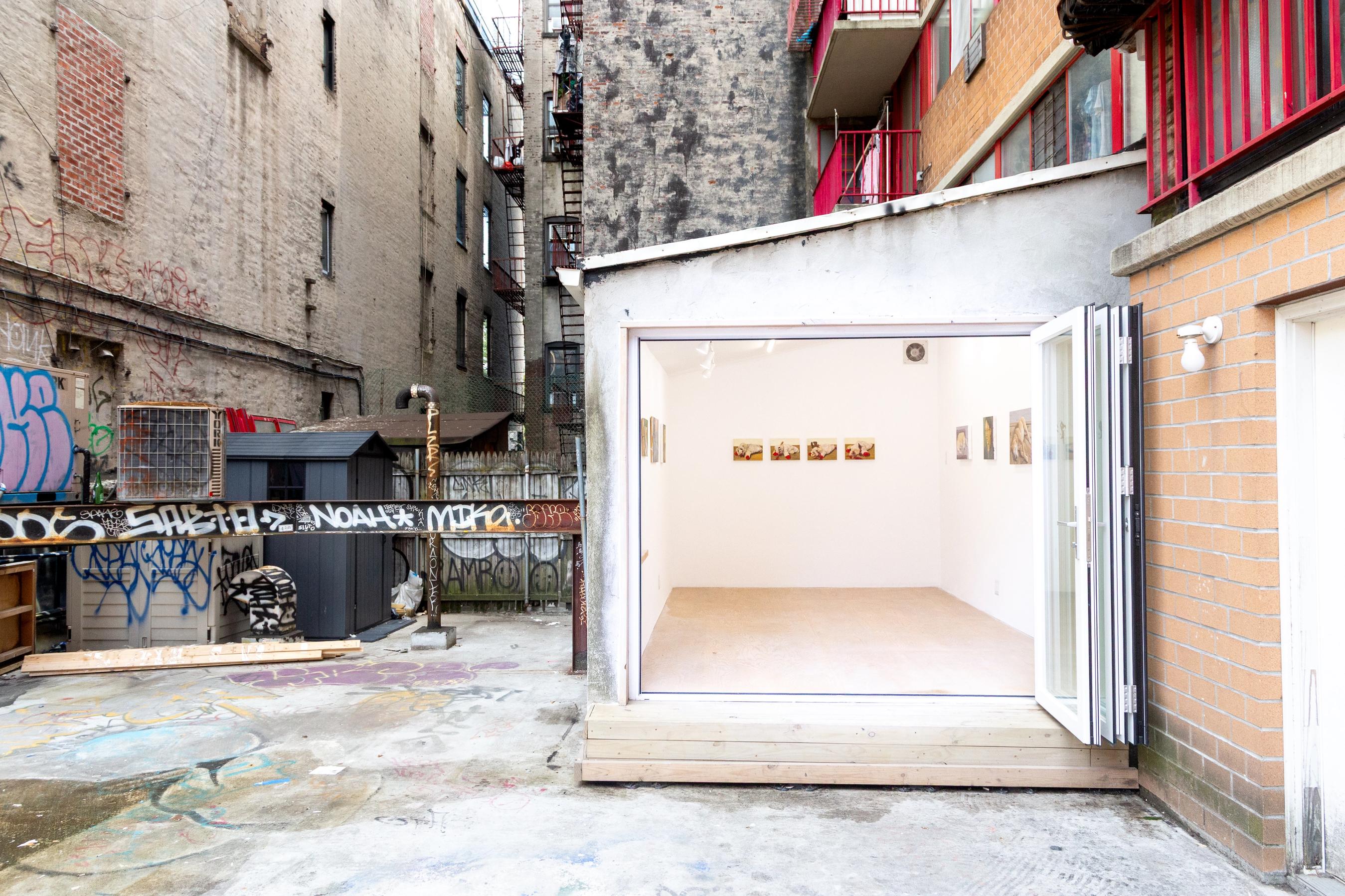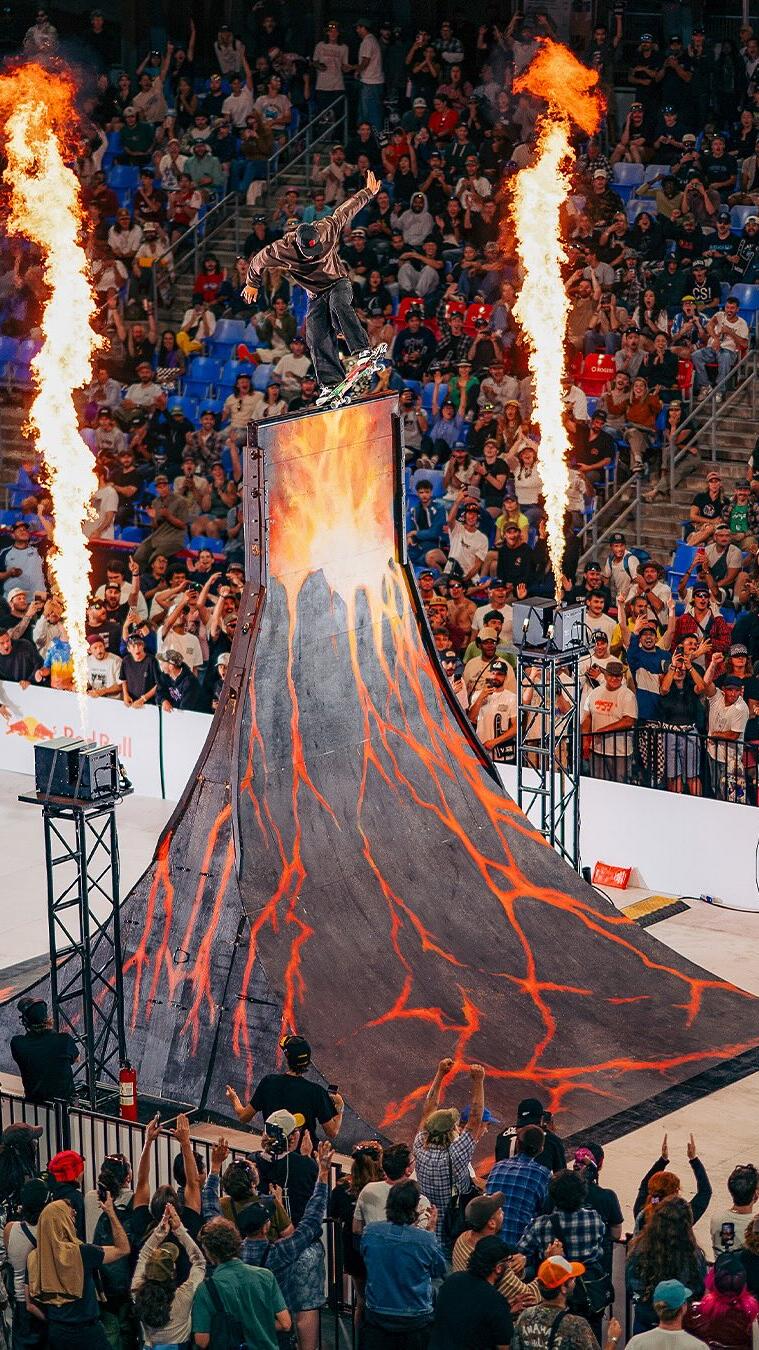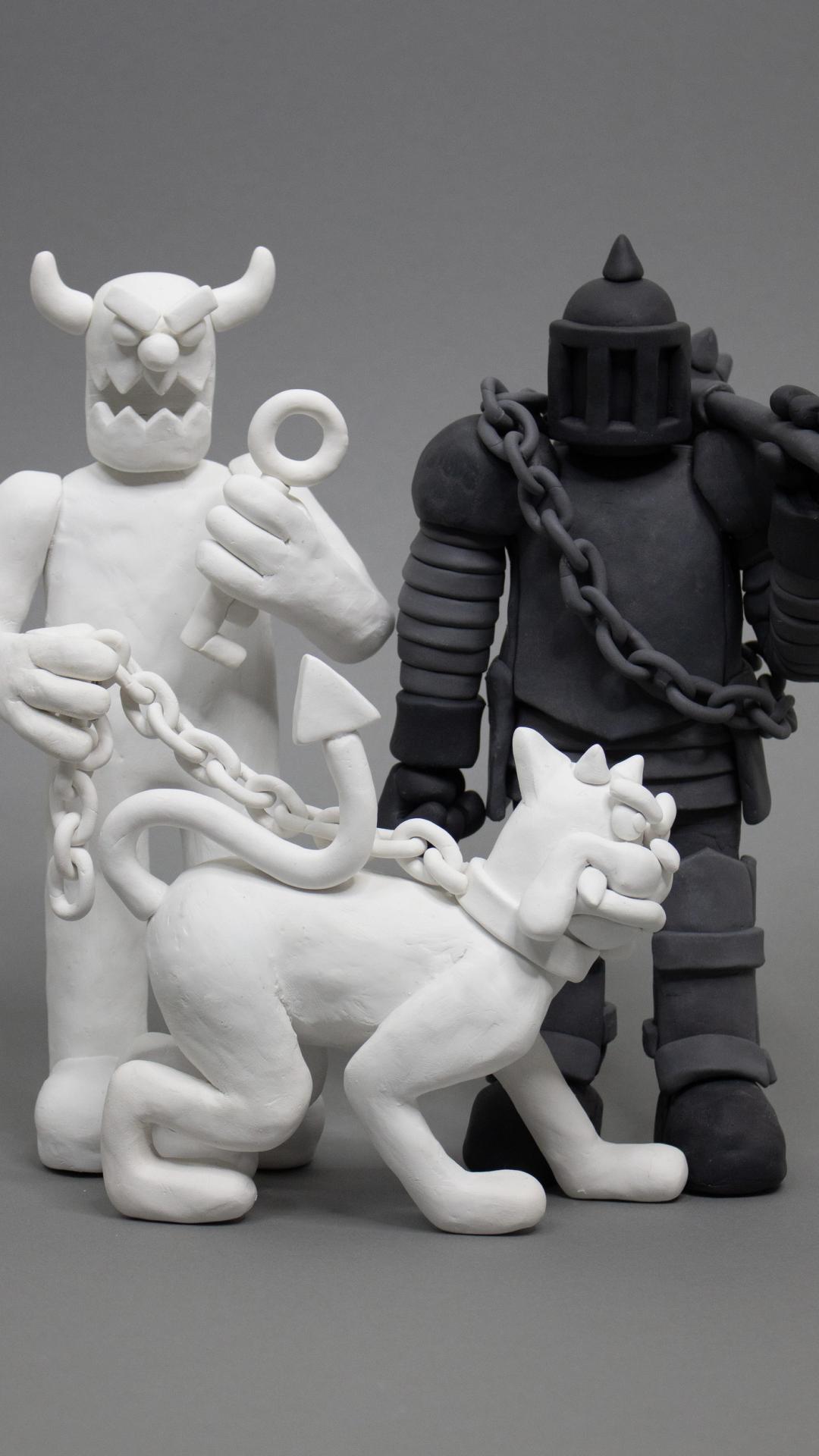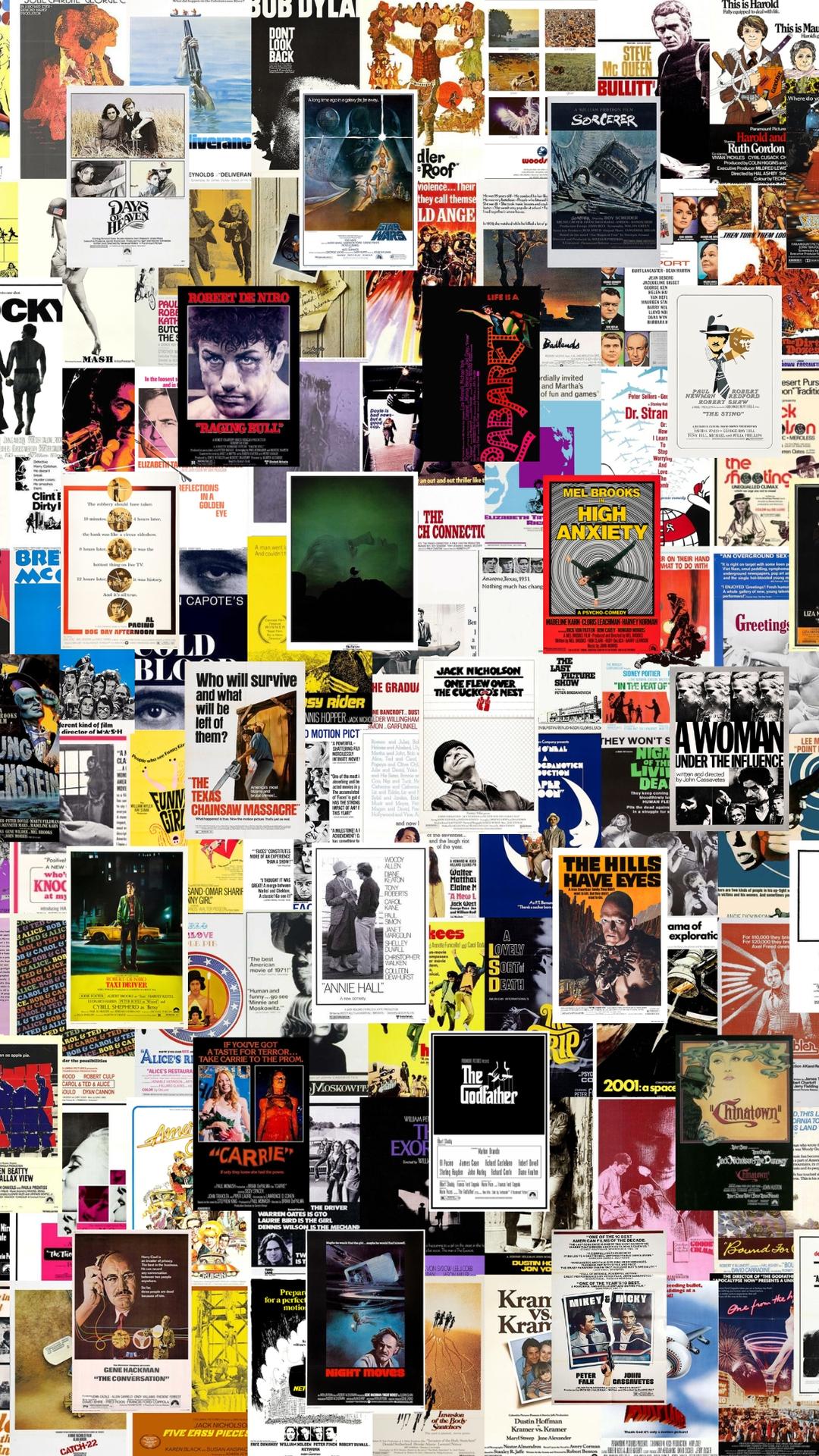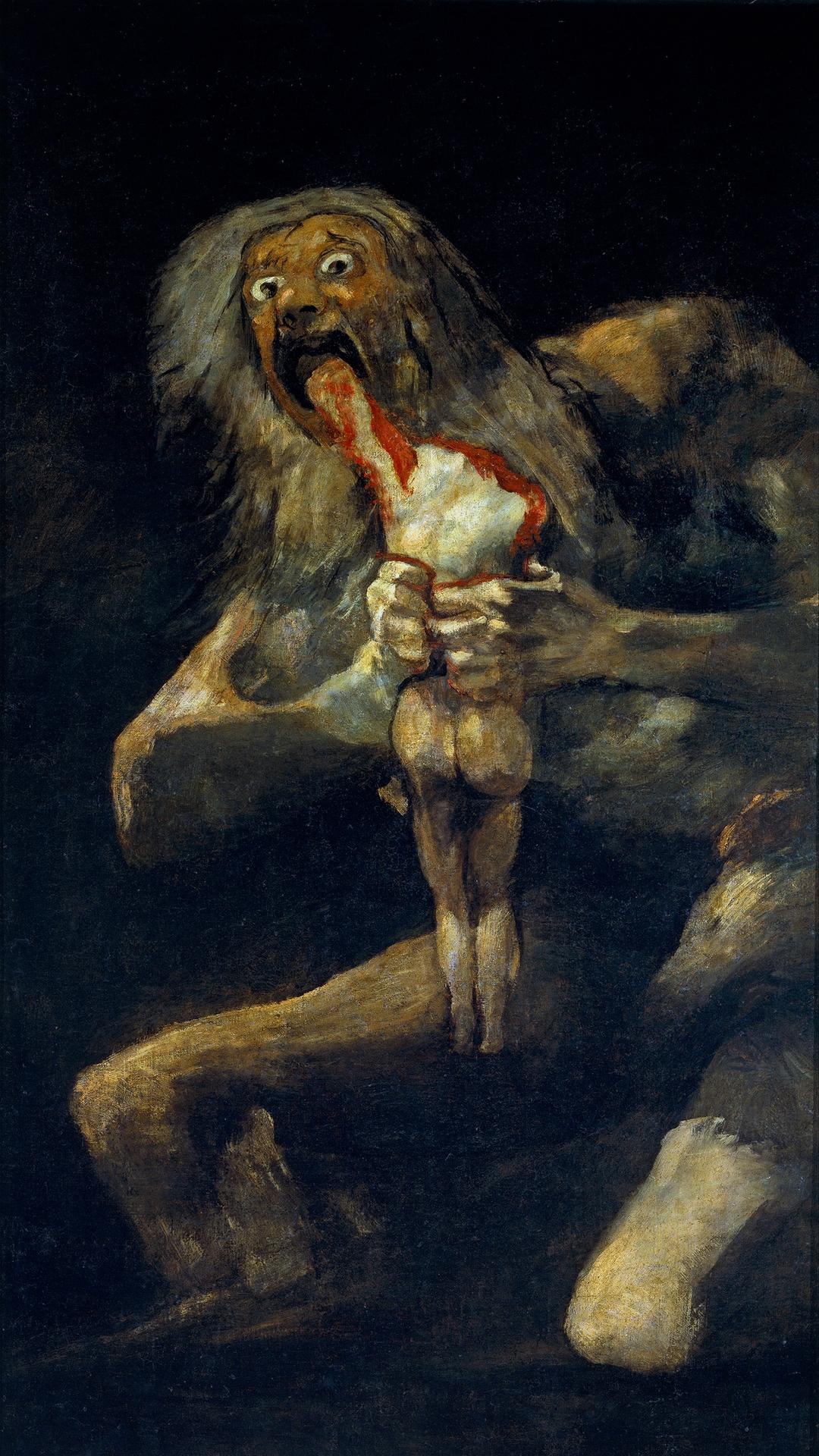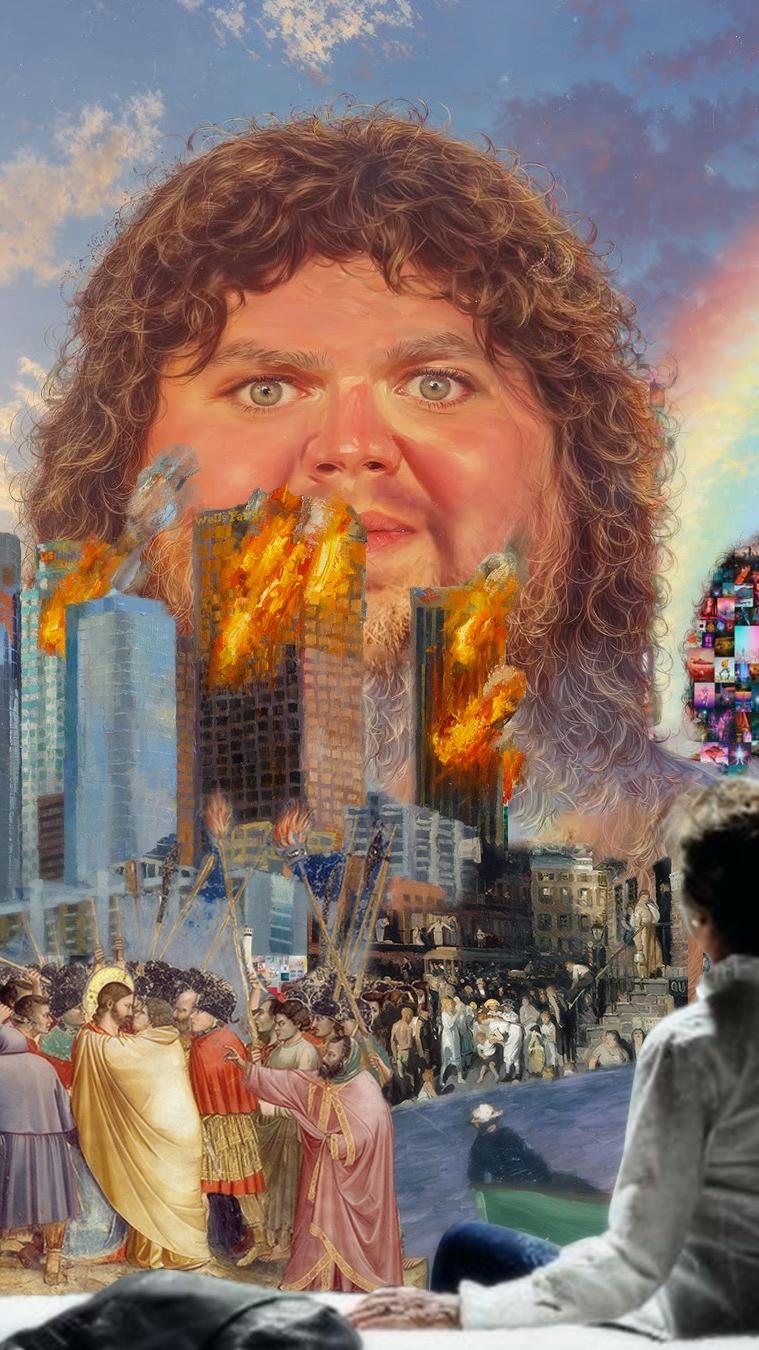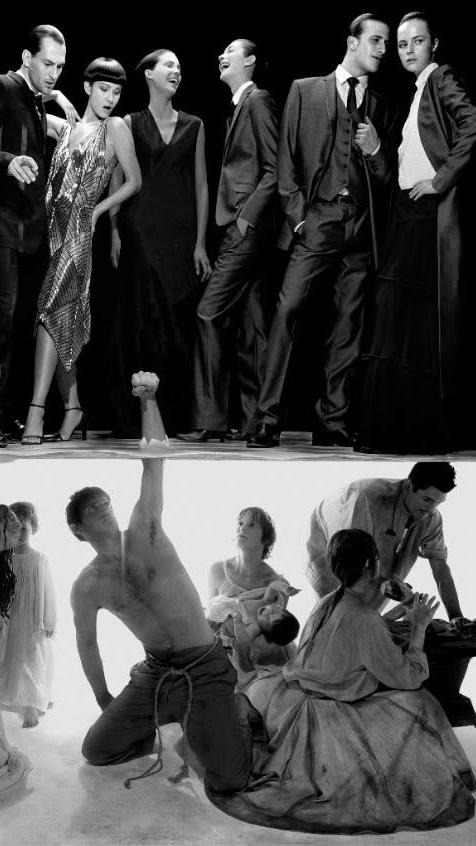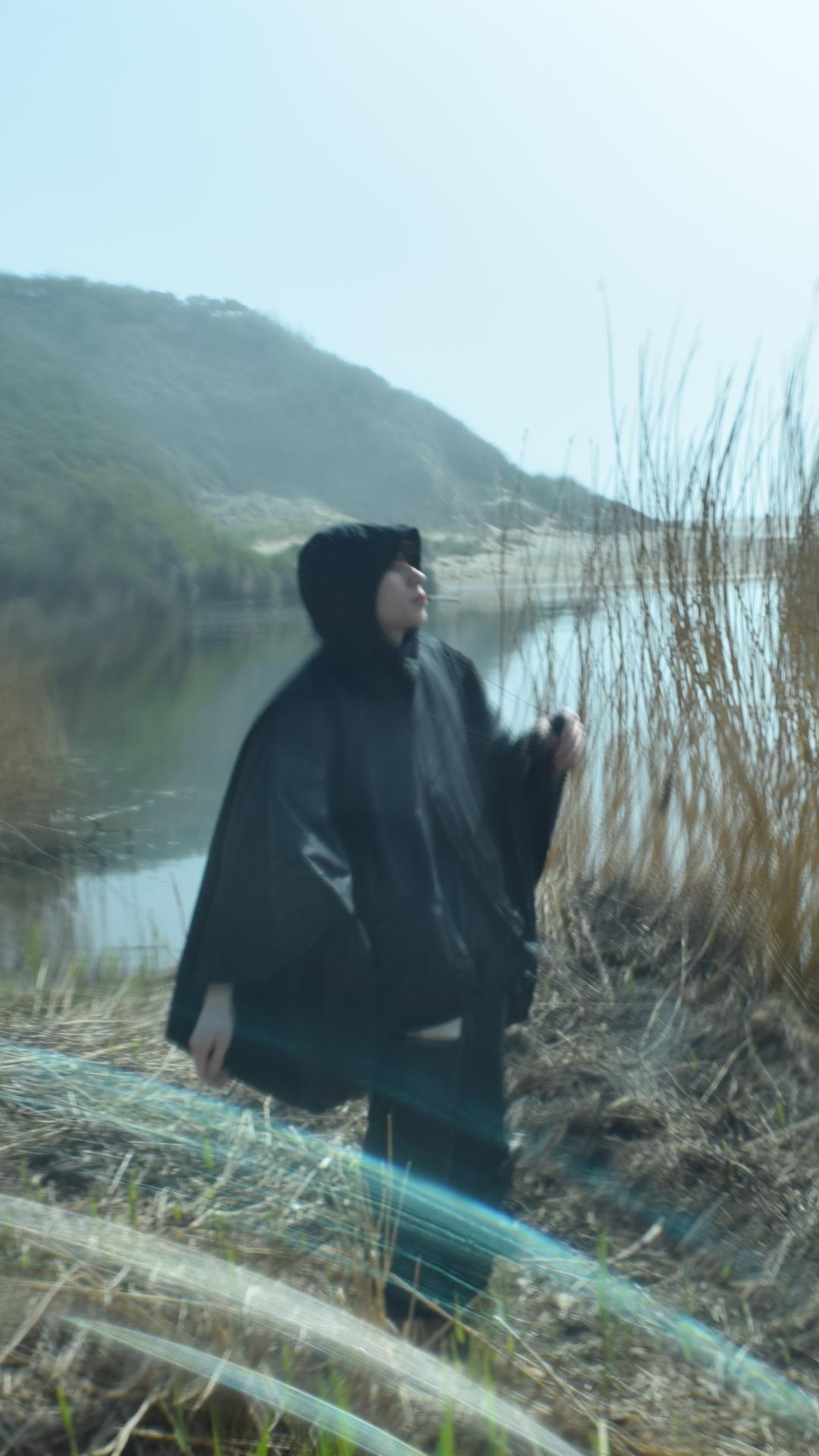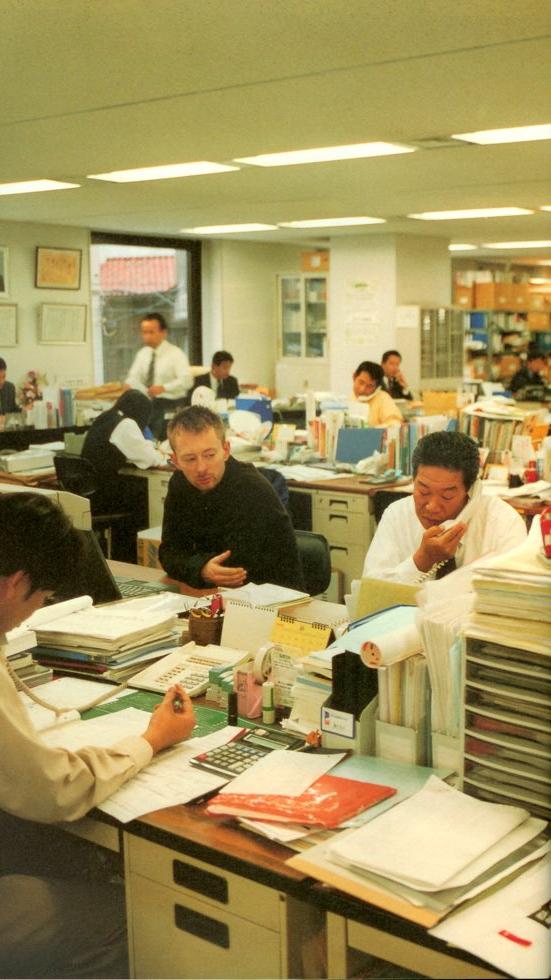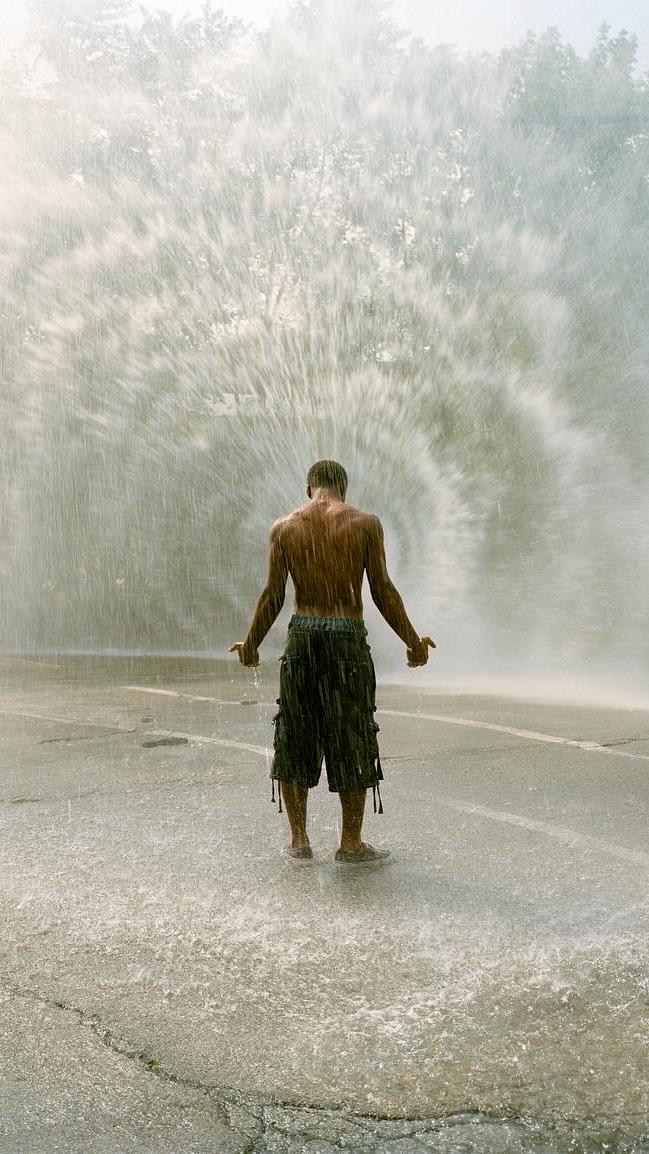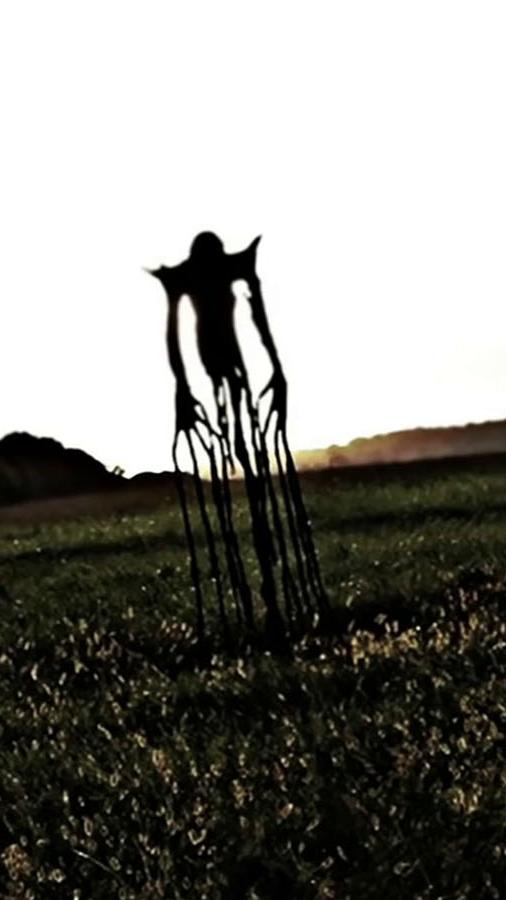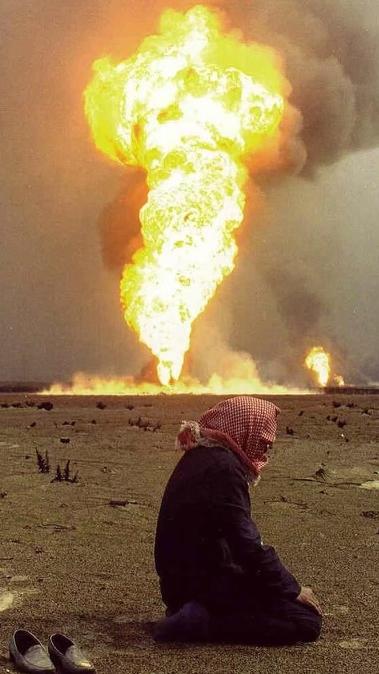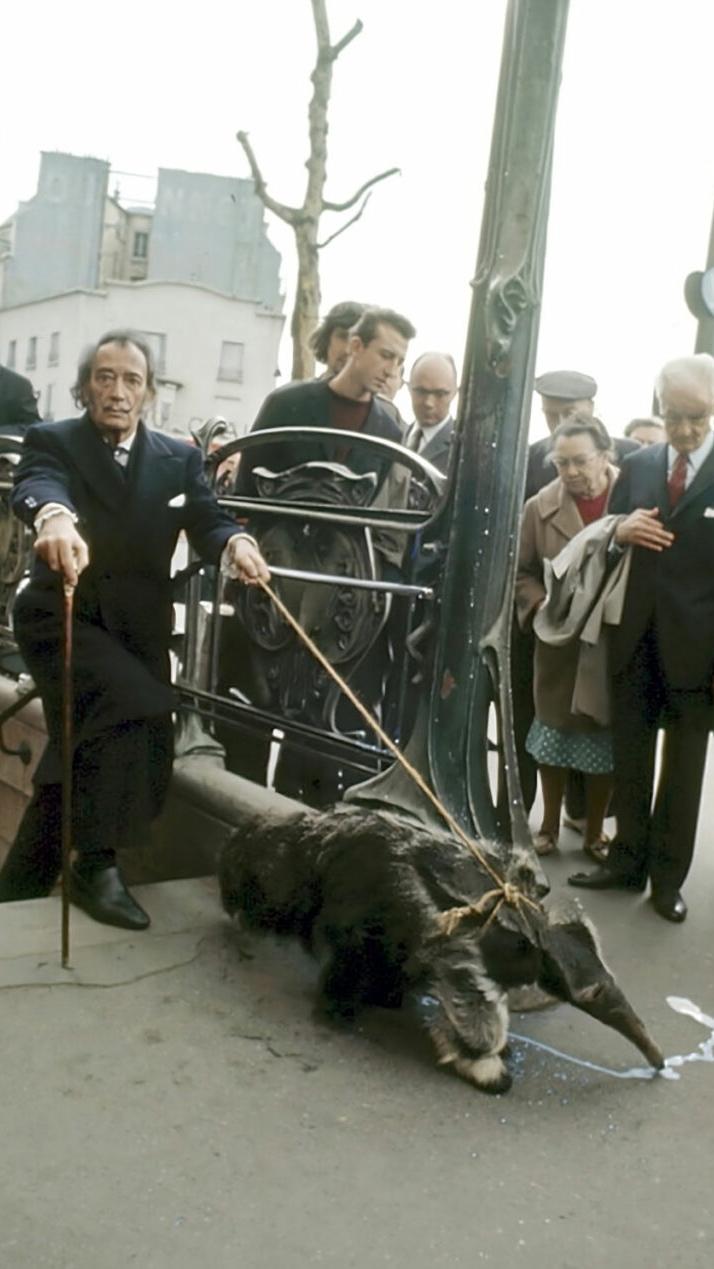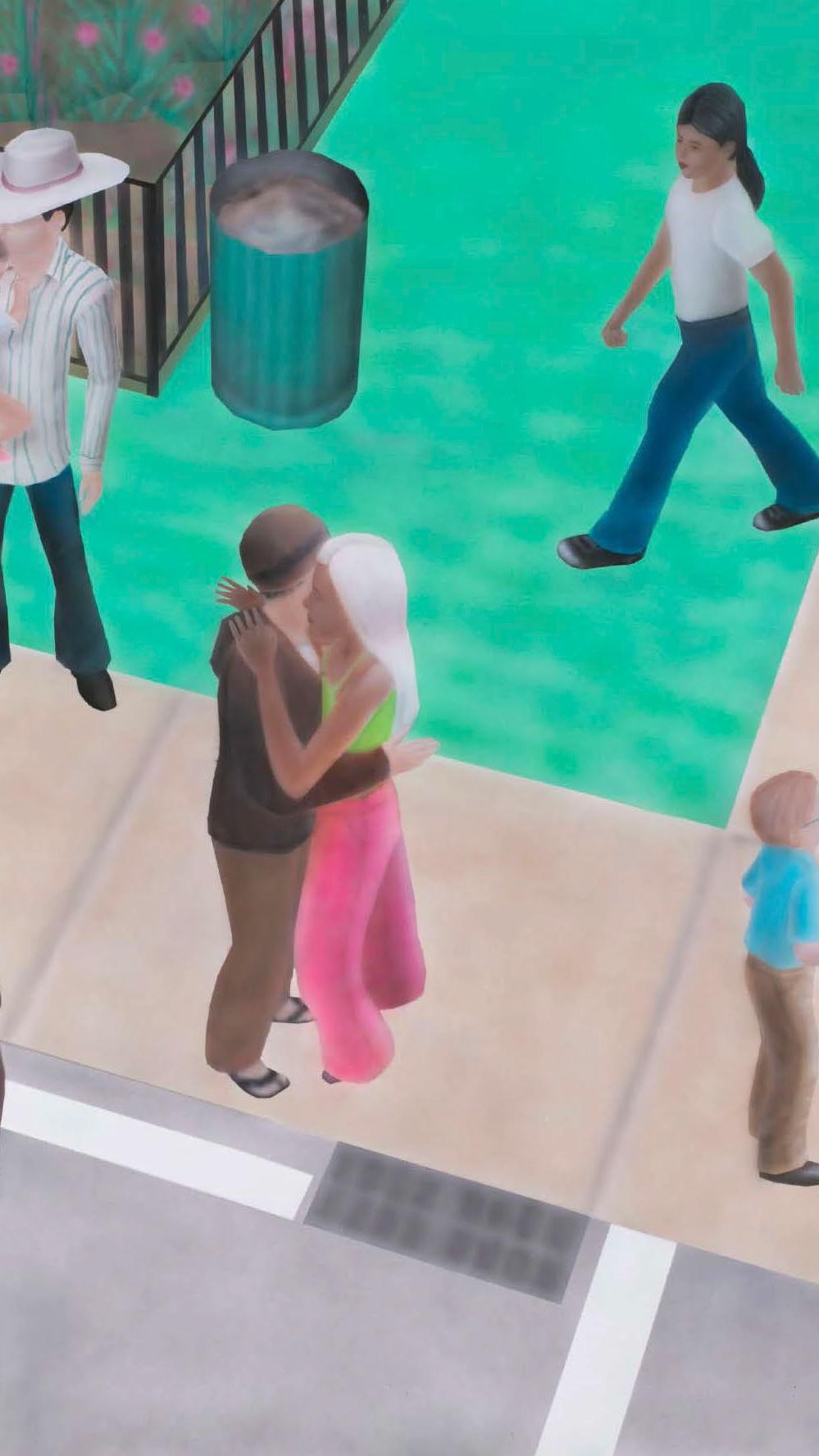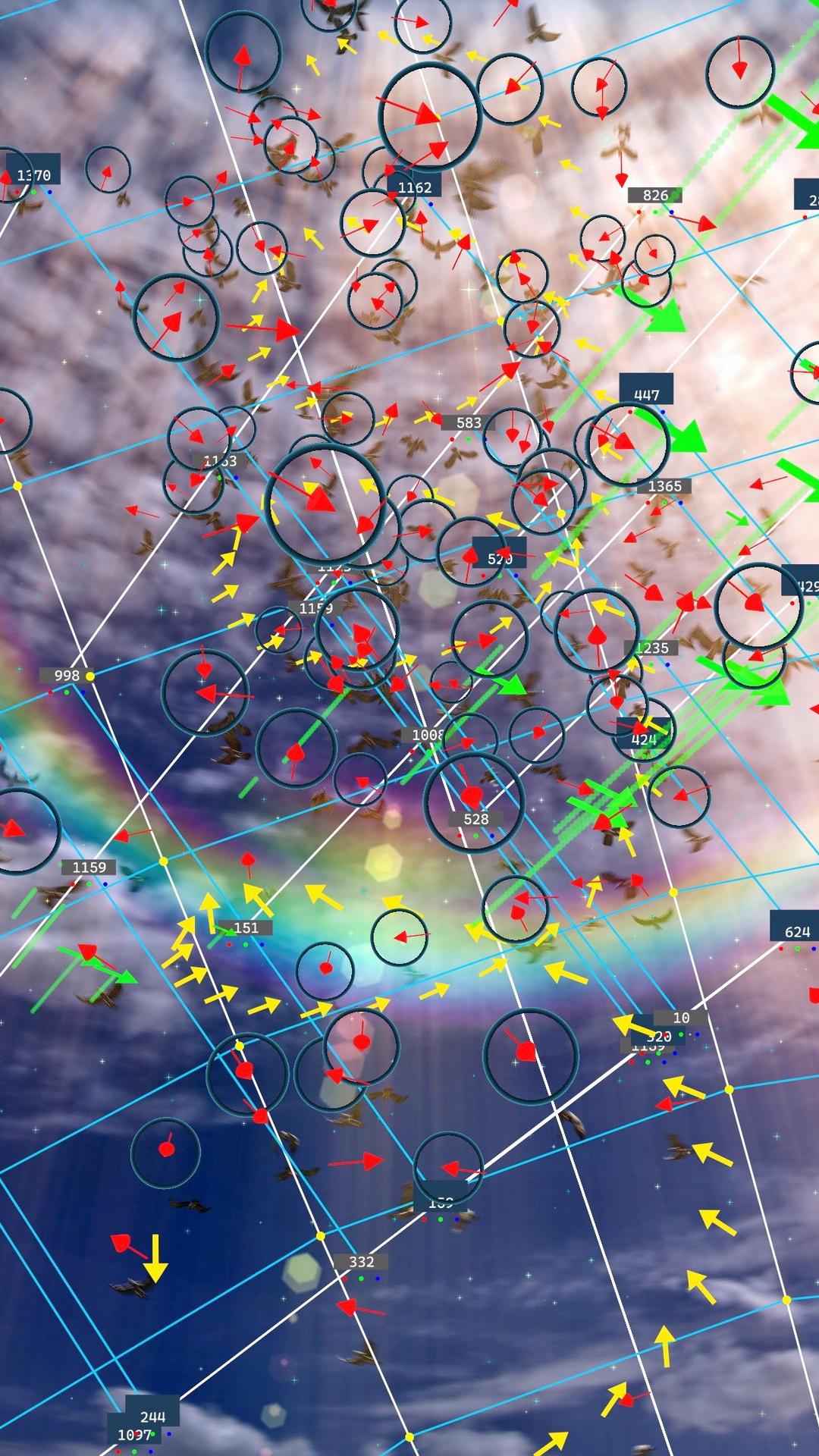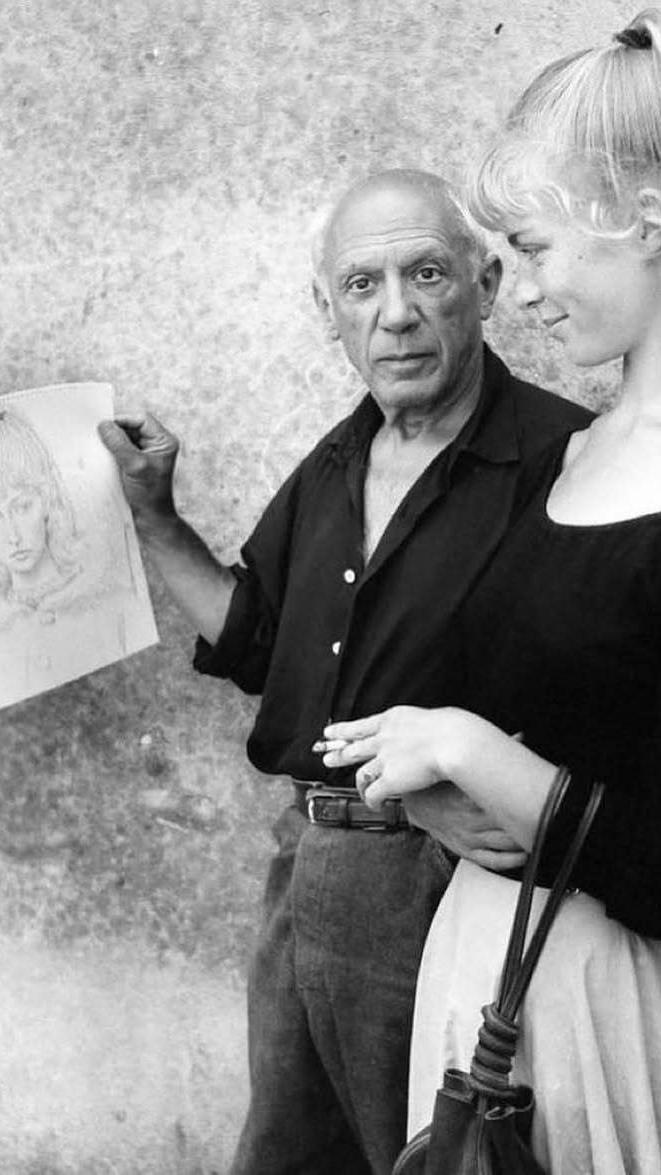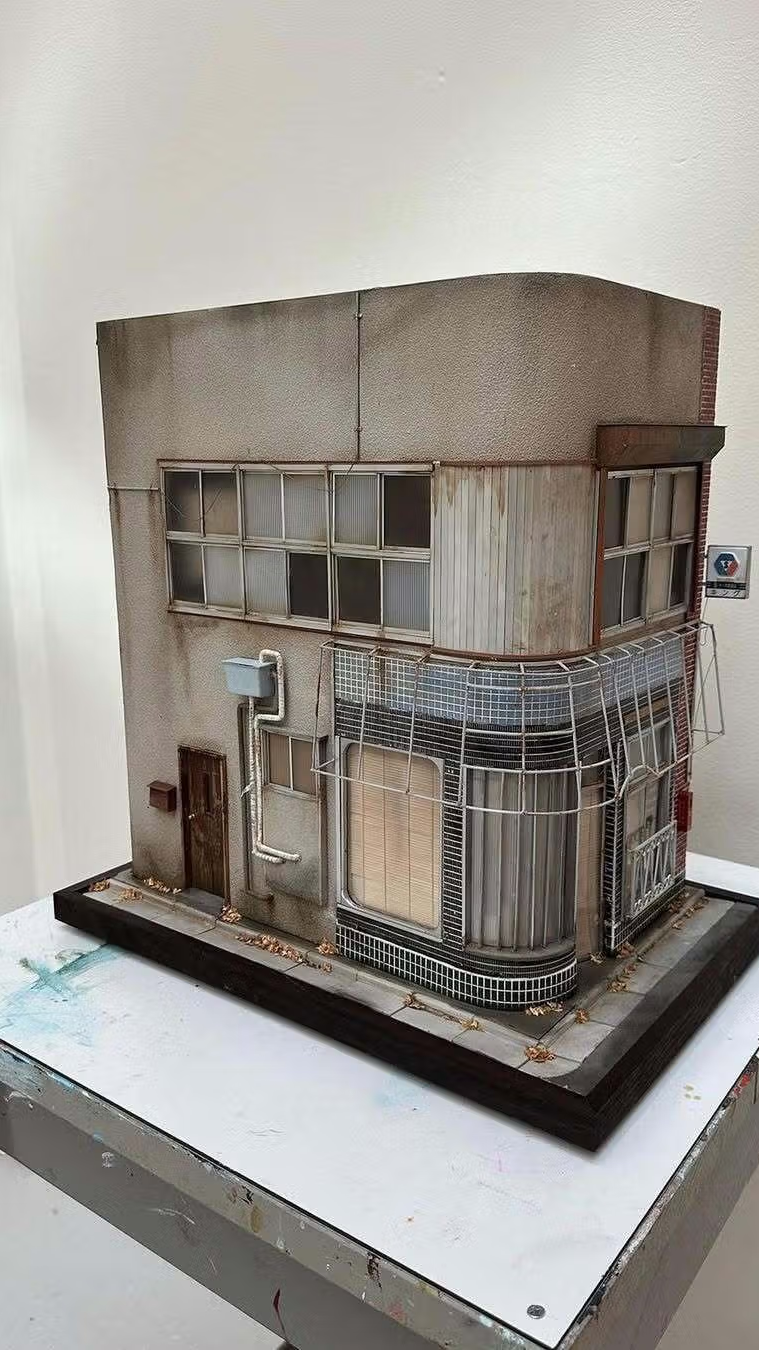Great Works 02: The Course of Empire

Editor's Note:
Our Great Works series highlights an artwork or series of works from one selected artist. Pulling from all ages, these works will not always be flashy, and rarely will they be contemporary. Likely, they’ll be easy to scroll by. You’ll have to choose not to. Should you do so, you’ll encounter some of our species' great aesthetic achievements.
We ask you to remember that aesthetic experiences take time and attention, reward effort and practice, and can be enhanced by context and information.
-
Great Works 02 - The Course of Empire by Thomas Cole
The Course of Empire is a five-work series of paintings completed by Thomas Cole between 1833 and 1836. Each piece depicts the same valley from marginally distinct angles as it develops over time. Together they narrativize the rise and fall of a fictional empire.
![[object Object]](https://cdn.sanity.io/images/7hyzopih/production/41eecbbe322a98dc5695cb5559373ee837255ed0-1656x2366.jpg?auto=format&fit=max&q=75&w=828)
Thomas Cole
Cole was born in England and didn’t immigrate to the US until his late teens. This transition from the polluted and industrial Britain of his childhood to the naturally expansive and relatively virgin New World of his adult years was formative of his style and philosophy. Cole’s work would consistently critique industrialization and urbanism, and depict natural and pastoral landscapes in the romantic light characteristic of the Hudson River School, the landscape art movement he is generally credited with founding.
![[object Object]](https://cdn.sanity.io/images/7hyzopih/production/542e058925768a0bcb038a55bf7dd720ff122297-3181x2161.jpg?auto=format&fit=max&q=75&w=1591)
Cole's The Oxbow (1836)
At the time of painting The Course of Empire, Cole was a critic of westward expansionism and Jacksonian politics in the US. A belief in the virtues of pastoralism and a wariness about the formation of empire were characteristic of not only his beliefs, but many Americans’. For this reason, some read these works as a cautionary tale. Their import is contested though, as other interpretations take a broader or more historical view of their intention.
![[object Object]](https://cdn.sanity.io/images/7hyzopih/production/e6b27947bf8fc8d0b1e84ff0e24c95bed9fe6ebc-3993x2387.jpg?auto=format&fit=max&q=75&w=1997)
A painting by another Hudson River School artist, Albert Bierstadt, Among the Sierra Nevada, California, (1868).
In all five works, on a rocky outcropping in the background sits a massive boulder. Throughout the development and decay of the foregrounded empire, this rock does not move. For many, it is this material intransigence that is the key to understanding the series.
The five works that comprise the series are: The Savage State; The Arcadian or Pastoral State; The Consummation of Empire; Destruction; and Desolation. Each work includes representations of the stage of development it depicts, and clues about what is to come.
The Savage State or The Commencement of Empire
![[object Object]](https://cdn.sanity.io/images/7hyzopih/production/f995a1db1c238a0c2622faed8b1dc45e268c35e4-8880x5520.jpg?auto=format&fit=max&q=75&w=4440)
Cole, The Savage State
The first painting shows a healthy natural landscape under foreboding weather. Dark and twisting clouds obscure the distance while in the foreground a hunter pursues a wounded deer. Another group in the midground return home after a hunt, and in the distance a fire is surrounded by tepees and dancing figures. The landscape itself is robust, unconstrained.
The Arcadian or Pastoral State
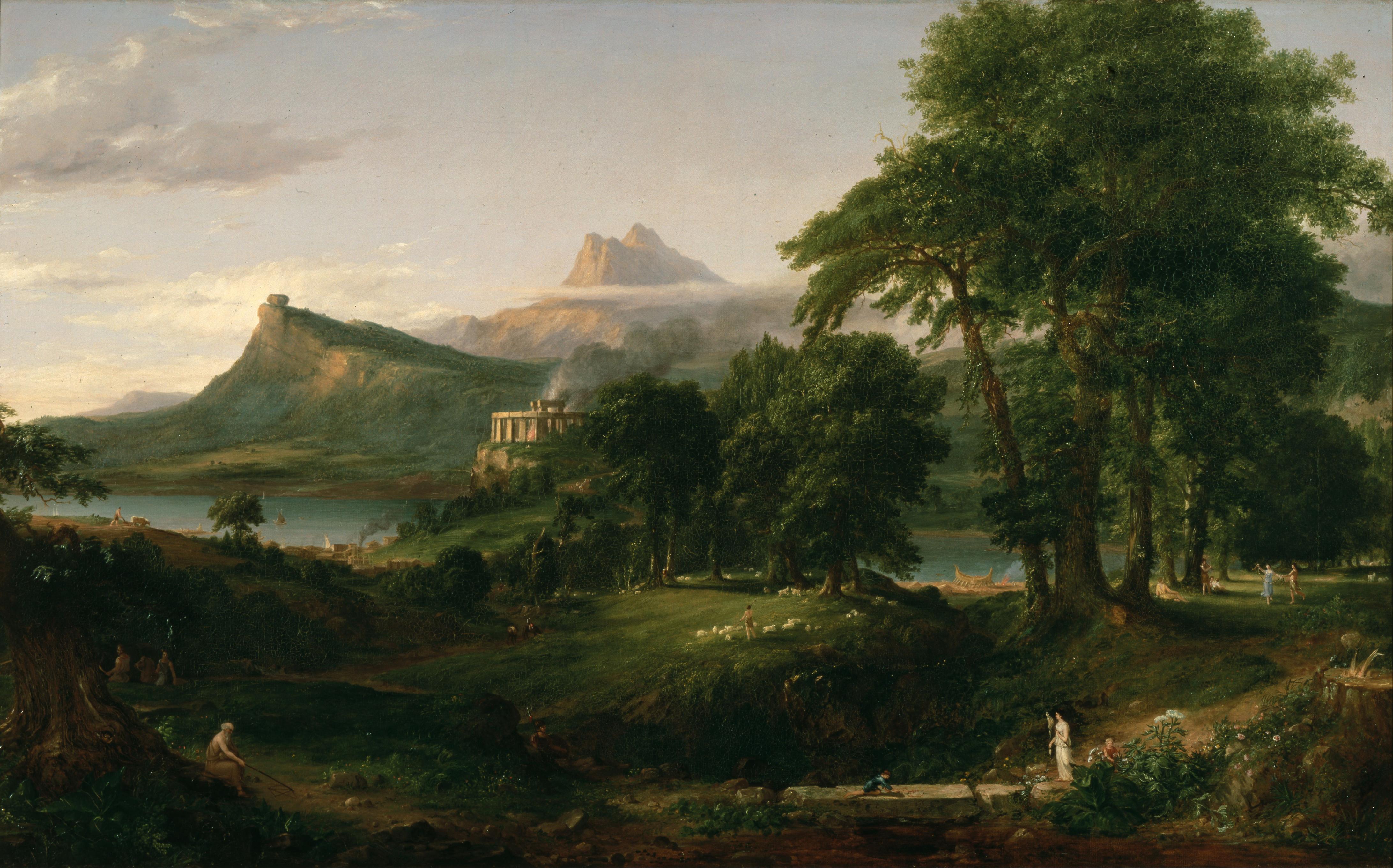
The Arcadian or Pastoral State
A clearer sky and a more subdued landscape define the second painting of the series. Wilderness is now balanced with human cultivation and agriculture. Several important changes mark the transition from Commencement to Pastoral. One is the megalithic temple, a monument to an emerging religion. Another is the man in the foreground who is with a stick working a geometrical problem in the dirt, suggesting the emergence of more complex mathematics. The budding village on the shore and the ships there represent the beginnings of trade. On the bridge near the bottom of the painting, a boy draws a rudimentary picture of a soldier.
The Consummation of Empire
![[object Object]](https://cdn.sanity.io/images/7hyzopih/production/328074cc3b2e64f5ea06d47b0eec3bab14d59e2d-7784x5277.jpg?auto=format&fit=max&q=75&w=3892)
The Consummation of Empire
A dramatic transition, in this painting the natural landscape is almost entirely obscured, dominated by human construction. The architecture suggests the peak days of Rome’s empire. The day depicted is one of clear sky and celebration. A throned ruler proceeds across a bridge in the foreground. The streets are thronged. In a shadowed corner in the painting’s bottom right are two young boys at the edge of a fountain. One, dressed in green, appears to be sinking the ship of the other, dressed in red, while he pleads.
Destruction
![[object Object]](https://cdn.sanity.io/images/7hyzopih/production/b2af9bc527fd6a671ae2e307f8ec8a0a2b4e993a-8917x5532.jpg?auto=format&fit=max&q=75&w=4459)
Destruction
The tempest weather has returned, and with it chaos. The city burns and soldiers flood the streets. On one side of the river flies a green banner, on the other a red. On the central bridge the two forces collide. Dead bodies cover the streets and soldiers drag women about by their hair. In the bottom right foreground, again in a fountain, a man dressed in green rests on the dead body of a man dressed in red.
Desolation
![[object Object]](https://cdn.sanity.io/images/7hyzopih/production/bc4449477a4548c36e9686381ee65f3cce633b2c-8881x5526.jpg?auto=format&fit=max&q=75&w=4441)
Desolation
The sun has set and the moon is rising. Throughout the landscape the constructions of the extinct empire are crumbling. Atop a central column a bird has made its nest. Nowhere is there a discernible human figure. On the right, atop the rocky crag, the same boulder lies unmoved.


